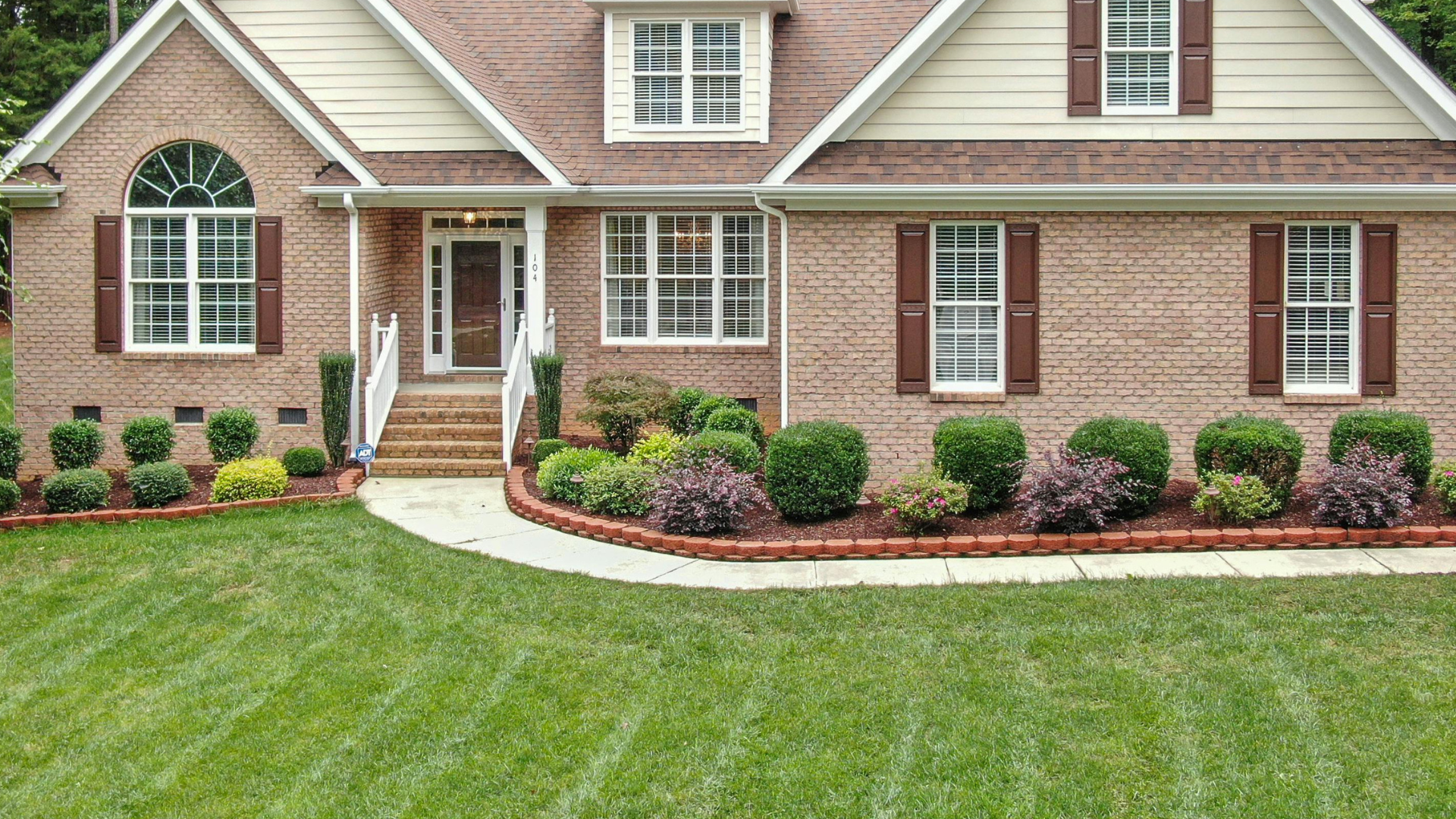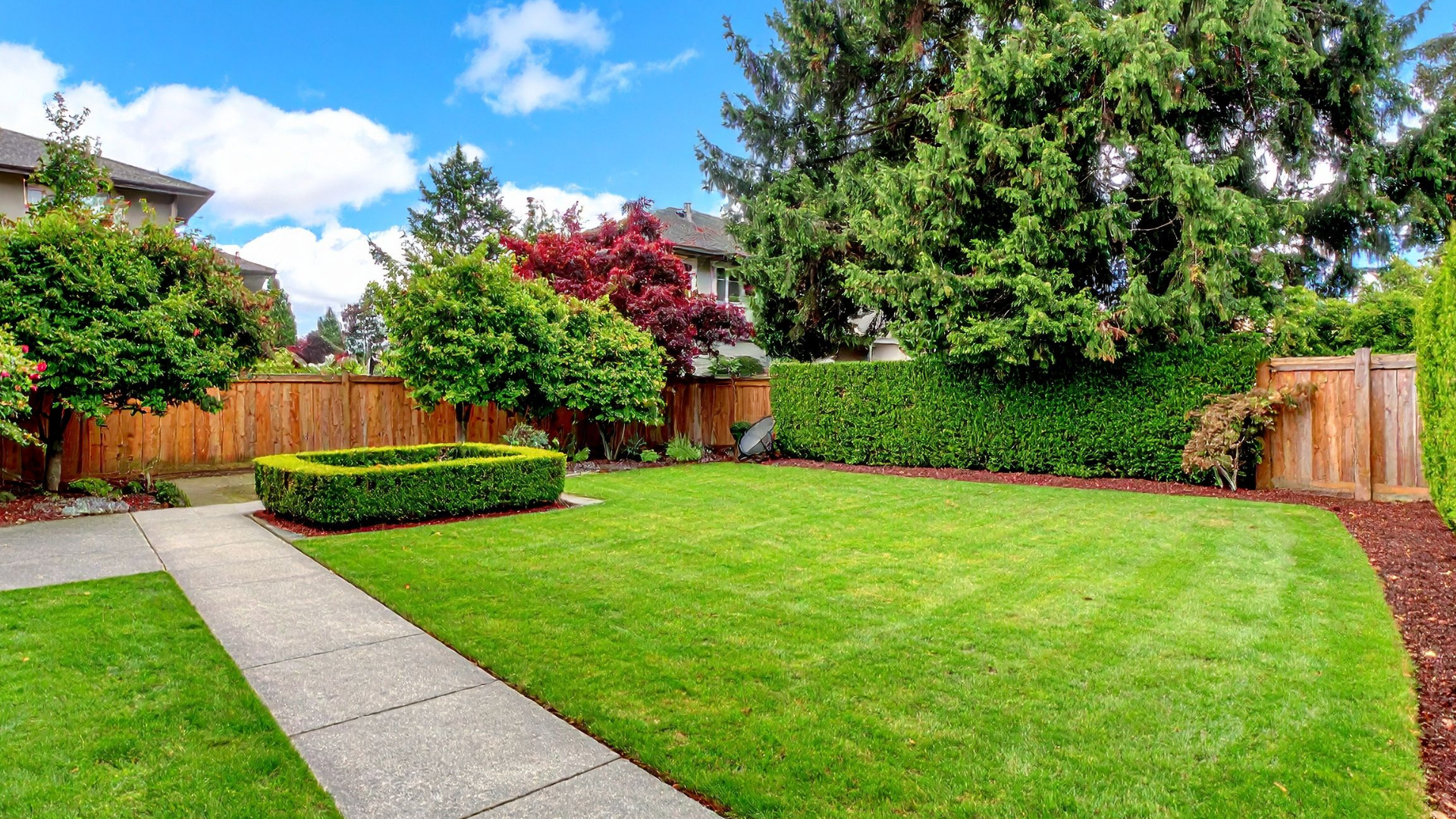The foundation of your home is its backbone, but here in East Texas, the combination of clay-rich soil and scorching weather can cause major challenges. Foundation problems are a common issue for homeowners in the region due to the way the soil expands and contracts with moisture changes. If left unchecked, these issues can lead to costly repairs. Here’s how to identify the signs of shifting soil under your home and what you can do to prevent long-term damage.
Why East Texas Soil Causes Foundation Problems
East Texas is known for its expansive clay soil, which is highly reactive to water. During dry spells, the soil shrinks as it loses moisture, pulling away from the foundation. When it rains, the soil absorbs water and swells, pushing back against the foundation. This constant cycle of expansion and contraction puts immense pressure on your home’s foundation, leading to cracks, shifts, and other structural problems.
In addition to the soil, East Texas experiences extreme heat, which accelerates moisture loss from the soil. Over time, this combination can cause significant foundation problems if not properly addressed.
Common Signs of Foundation Issues in East Texas
Homeowners should regularly inspect their property for signs of foundation problems caused by shifting soil. Here are a few red flags to watch for:
- Cracks in walls and floors: Hairline cracks may appear in the drywall, bricks, or concrete floors as the foundation moves. Diagonal cracks above doorways or windows are particularly concerning.
- Doors and windows that stick: When a foundation shifts, it can cause doors and windows to become misaligned, making them hard to open or close.
- Uneven or sloping floors: A telltale sign of foundation movement is a floor that slopes or feels uneven. You might also notice gaps between walls and floors.
- Gaps around doors and windows: As the foundation shifts, it can pull away from the framing, causing gaps to appear around doors and windows.
If you spot any of these signs, it’s important to act quickly to prevent further damage to your home’s structure.
How to Prevent Foundation Problems in East Texas
While you can’t change the soil or weather in East Texas, there are steps you can take to protect your home’s foundation from shifting soil.
Control Moisture Levels Around Your Home
The best way to prevent soil from shrinking and swelling is to maintain consistent moisture levels. This means:
- Watering the soil: During dry periods, keep the soil around your home slightly damp by watering it regularly. However, avoid over-watering, as this can lead to swelling.
- Installing proper drainage: Make sure your gutters and downspouts are directing water away from the foundation. Pooling water near the base of your home can cause soil to expand and create pressure against the foundation.
Install a Foundation Watering System
For consistent moisture management, some homeowners in East Texas install foundation watering systems. These systems release a controlled amount of water around the perimeter of your home, helping to prevent the soil from drying out and shrinking during hot, dry periods.
Ensure Proper Grading Around Your Home
The land around your home should slope away from the foundation to prevent water from pooling. If necessary, have a contractor regrade your yard to direct water away from your foundation.
Get Regular Inspections and Professional Help
Even with preventive measures in place, it’s important to have a professional inspect your foundation regularly. A licensed contractor can identify potential problems early and recommend solutions before they become expensive repairs.
East Texas Foundation Repair Options
If you’ve already noticed signs of foundation issues, don’t wait for the problem to worsen. Contact an East Texas foundation repair specialist to assess the damage and provide solutions. Common foundation repair methods include:
- Pier and beam installation: This involves placing steel piers or concrete pilings under the foundation to support the weight of your home and prevent further sinking or shifting.
- Slab jacking: This technique involves injecting a special mixture under your foundation to raise it back to its original position.
- Soil stabilization: To reduce the risk of future shifting, some contractors may recommend injecting a stabilizing material into the soil to improve its structural integrity.
Final Thoughts
Foundation problems caused by shifting soil are a common issue in East Texas, but with regular maintenance and preventive measures, you can protect your home’s foundation from serious damage. By controlling moisture levels, installing proper drainage, and seeking professional help when needed, you can minimize the risks and ensure your home stays strong for years to come.
If you suspect your foundation is showing signs of distress, don’t wait—reach out to an experienced East Texas foundation repair specialist today.


